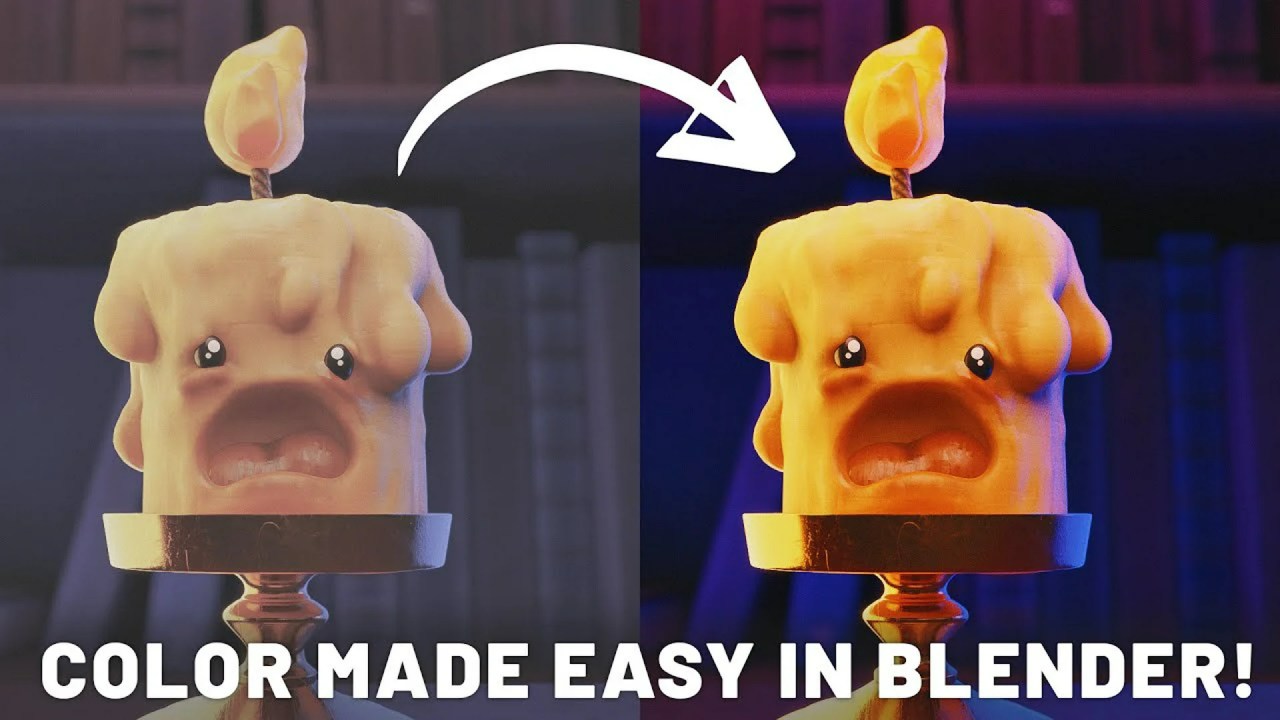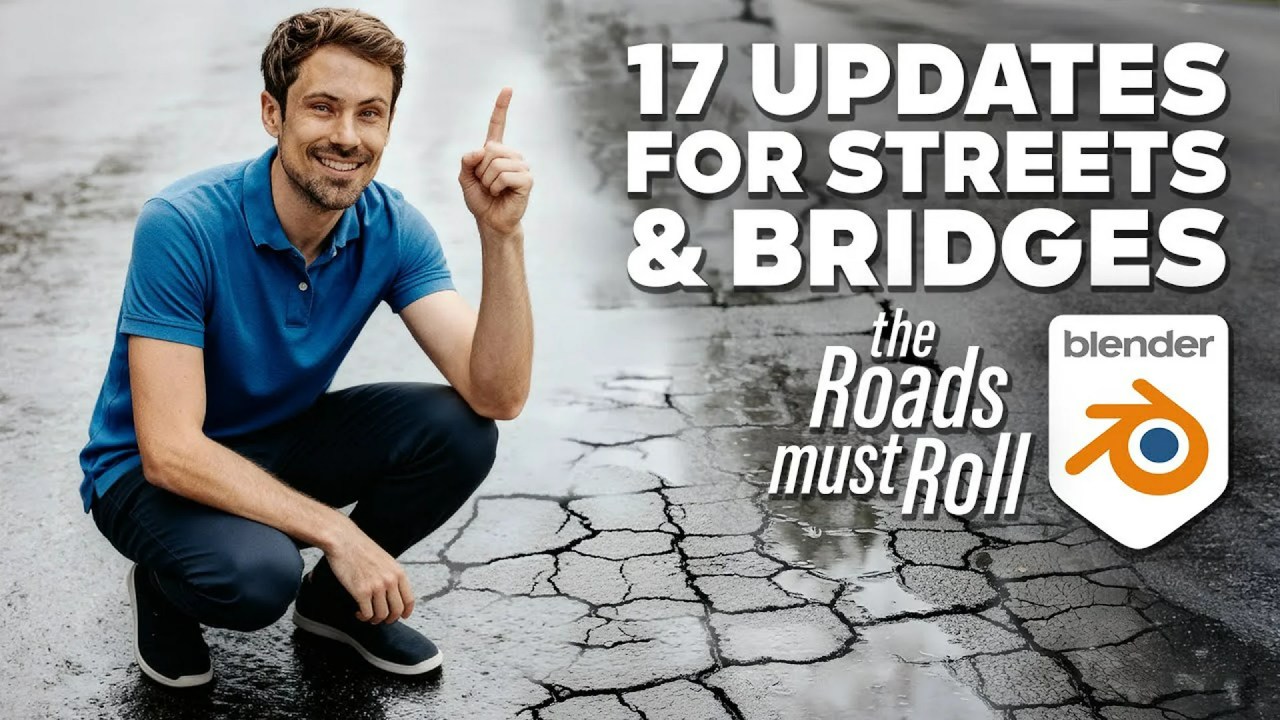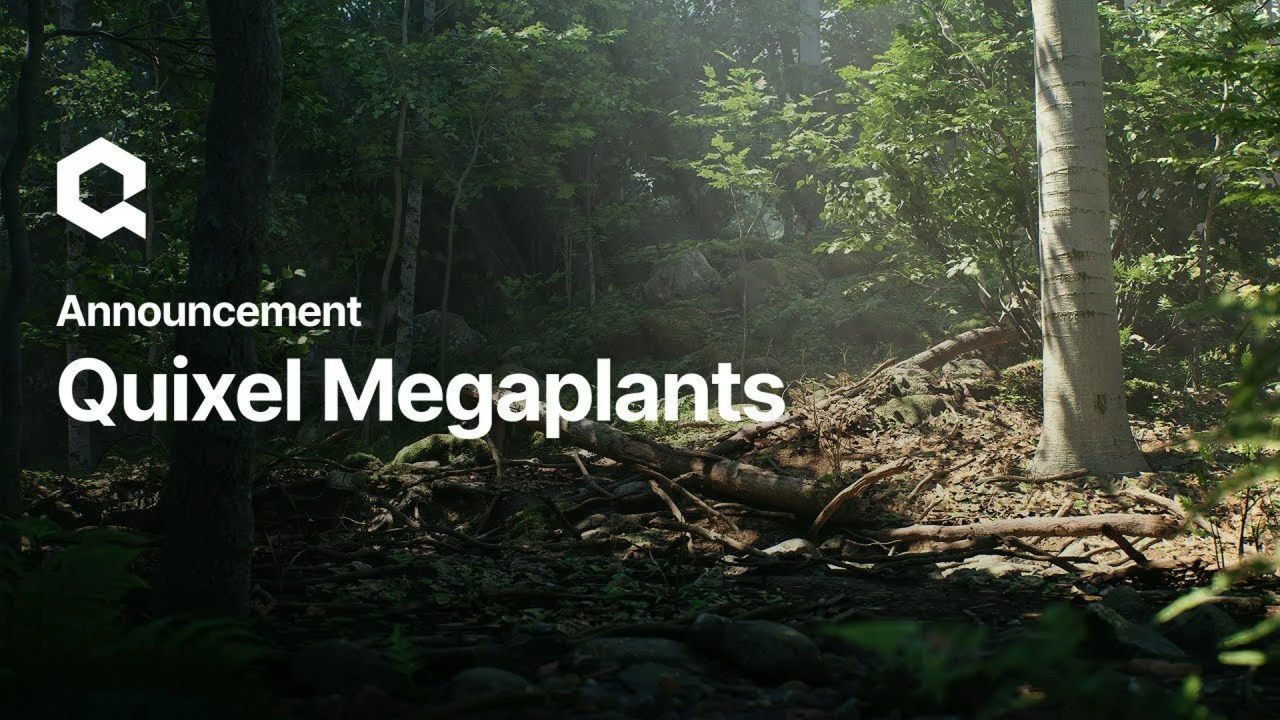Unlock the power of procedural node workflow to craft stunning sci-fi detailed metal materials in Blender. This tutorial by Ryan King Art offers extensive customization through a comprehensive node group, making complex designs accessible.
Ever dreamt of creating intricate sci-fi metal surfaces without the tedious manual work? Ryan King Art, a celebrated expert in procedural content creation, empowers artists to achieve just that with his latest Blender tutorial. He dives deep into building a highly customizable procedural sci-fi detailed metal material, showcasing how node-based workflows can transform your artistic process.
Ryan King Art is renowned for his ability to demystify complex procedural systems, making advanced techniques accessible to a wide audience. His tutorials often focus on creating versatile assets that can be tweaked and reused across multiple projects, saving artists countless hours.
In his comprehensive guide, Ryan walks us through every step, from initial scene setup to crafting a powerful custom node group. The final material features noisy metal with sci-fi plating, larger displaced elements, and glowing accents, all driven by a flexible procedural system. This approach ensures that every aspect of the material can be precisely controlled and randomized to fit any project.
Setting Up Your Scene for Procedural Power
Before diving into the nodes, Ryan emphasizes the importance of a proper scene setup. He demonstrates how to add and scale a cube, apply transformations, and prepare it with a Bevel and Subdivision Surface modifier to provide ample geometry. Further subdivision in Edit Mode ensures the mesh has enough density to handle the intricate displacement details that will bring the material to life. Lighting is established using a Poly Haven HDRI and strategically placed area lights, creating an atmospheric, darker environment perfect for showcasing sci-fi aesthetics.
Crafting the Core Details: From Small Scratches to Large Plates
The tutorial meticulously breaks down the material creation into manageable sections. Viewers learn to generate “Small Details” using a combination of Noise and Voronoi textures, carefully mixed and refined with Color Ramps to control roughness and achieve a distinct sci-fi plate look. These intricate textures form the foundational layer of wear and tear on the metal surface. Next, the focus shifts to “Large Plates,” employing another Voronoi texture, this time in 4D, to create chunky, randomized plate structures. A Hue Saturation Value node is cleverly utilized to adjust the “amount” of these plates, offering immense control over the material’s overall structure.
Bringing it All Together: Color, Emission, Bump, and Displacement
Once the foundational details are in place, the creator guides you through blending these elements to define the material’s base color and roughness. Two custom metal colors can be defined, allowing for tinted metal variations. The tutorial then introduces an emission effect, using yet another Voronoi texture and a ‘Constant’ Color Ramp to isolate small, glowing elements – perfect for adding energy conduits or futuristic indicators. Bump and displacement details are integrated seamlessly, with the large plate information driving the displacement to create a subtle yet impactful pop-out effect for the plates, giving the material true three-dimensionality. Remember, sufficient mesh density is crucial for convincing displacement.
The Power of Custom Node Groups
Perhaps the most valuable takeaway is the creation of a comprehensive custom node group. By grouping all the individual nodes and exposing key parameters to the Group Input, Ryan King Art transforms a complex shader network into an intuitive, reusable asset. Controls for overall scale, noise, Voronoi details, plate amount, metal colors, emission strength, metallic properties, roughness, bump, and displacement are all made easily accessible. This powerful organization allows for extensive customization with minimal effort, making it ideal for artists who need to iterate quickly or apply variations across multiple models.
While this in-depth tutorial offers immense value for free, Ryan King Art also provides an Ultimate Procedural Material Pack, available for purchase on Gumroad and Superhive. This pack expands on his procedural methodology, offering a vast library of ready-to-use materials and project files for those looking to jumpstart their creative journey or further support his work. Individual project files for this specific tutorial are also available for purchase on Gumroad and Patreon, offering a convenient way to get started immediately. If you’re interested in exploring more such resources, keep an eye on our Deals & Discounts section for similar offerings.
Ryan King Art’s tutorial is a testament to the power of procedural workflows in creating highly detailed and customizable assets. By mastering these techniques, artists can unlock new levels of creativity and efficiency in their projects. Whether you’re aiming for photorealism or distinct Stylized Art, the principles demonstrated here are invaluable. For more cutting-edge techniques and inspiring projects, explore our Blender content.
Source:
Procedural Sci-Fi Detailed Metal Material (Blender Tutorial)



